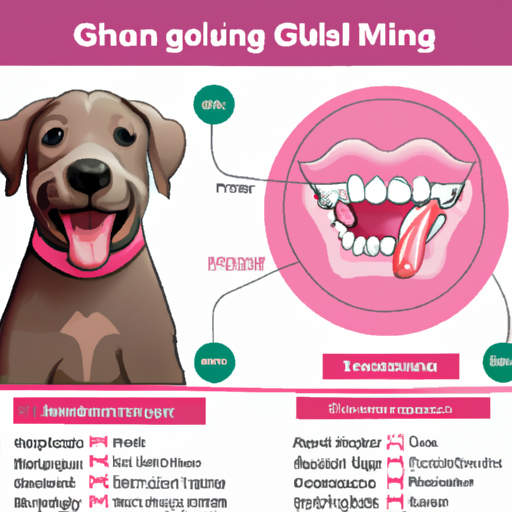The Importance of Checking Your Dog’s Gums
As a dedicated caregiver to your furry friend, you’re probably already aware of many aspects of their health. But have you ever thought about what your dog’s gums should look like? Yes, you heard it right, your dog’s gums! They may not be the first thing you think of when you consider your dog’s health, but they are crucial indicators of your pet’s overall wellbeing.
Periodically checking the appearance of your dog’s gums can provide valuable insights into their health status. Unlike humans, dogs can’t tell us when they’re not feeling well, so it’s up to you to observe and interpret the signs they give us. And your dog’s gums can tell you a lot, if you know what to look for.
Normal Dog Gums: What to Look For
In a healthy dog, the gums (also known as the gingiva) should be a bubblegum or salmon pink color. But remember, just like humans, each dog is unique, and so is the color of their gums. Some dogs may have a naturally darker pigmentation, with spots of black or brown. This is usually normal, particularly for certain breeds.
Here are a few things to look for in healthy gums:
- Color: Salmon pink is the norm. Black or brown spots are normal in some breeds.
- Texture: Smooth, but not overly slick.
- Response: When you press your finger against your dog’s gums, they should blanch to a lighter color, then quickly return to their normal color once you remove your pressure.
Warning Signs: When to Be Concerned
While you’re getting up close and personal with your dog’s mouth, there are some red flags you should be on the lookout for. These include:
- Pale or white gums
- Bright red gums
- Blue or purple gums
- Yellowish gums
- Swollen or bleeding gums
- Changes in texture (lumps, bumps, or recesses)
If you notice any of these signs, it’s time to consult with your veterinarian.
How to Check Your Dog’s Gums
Now that you know what to look for, how do you go about checking your dog’s gums? Here’s a simple step-by-step guide:
- Make sure you and your dog are in a comfortable, well-lit space.
- Gently lift your dog’s upper lip.
- Look at the color and condition of the gums and teeth.
- Repeat for the lower lip.
Frequently Asked Questions (FAQs)
Q: How often should I check my dog’s gums?
A: Ideally, once a week. But if your dog is uncomfortable with this, once a month should suffice.
Q: What if my dog has naturally dark gums?
A: If your dog’s gums are naturally darker, look for changes in color or texture.
Q: My dog’s gums are red and swollen. What should I do?
A: Red and swollen gums could indicate gum disease or infection. Contact your vet immediately.
Q: Is bad breath in dogs related to gum health?
A: Yes, bad breath could indicate dental issues. If your dog’s breath smells bad consistently, it’s time for a vet visit.
As an attentive caregiver, understanding what your dog’s gums should look like could be a lifesaver. And remember, when in doubt, always consult with your vet. They are the best source of information when it comes to your pet’s health.



